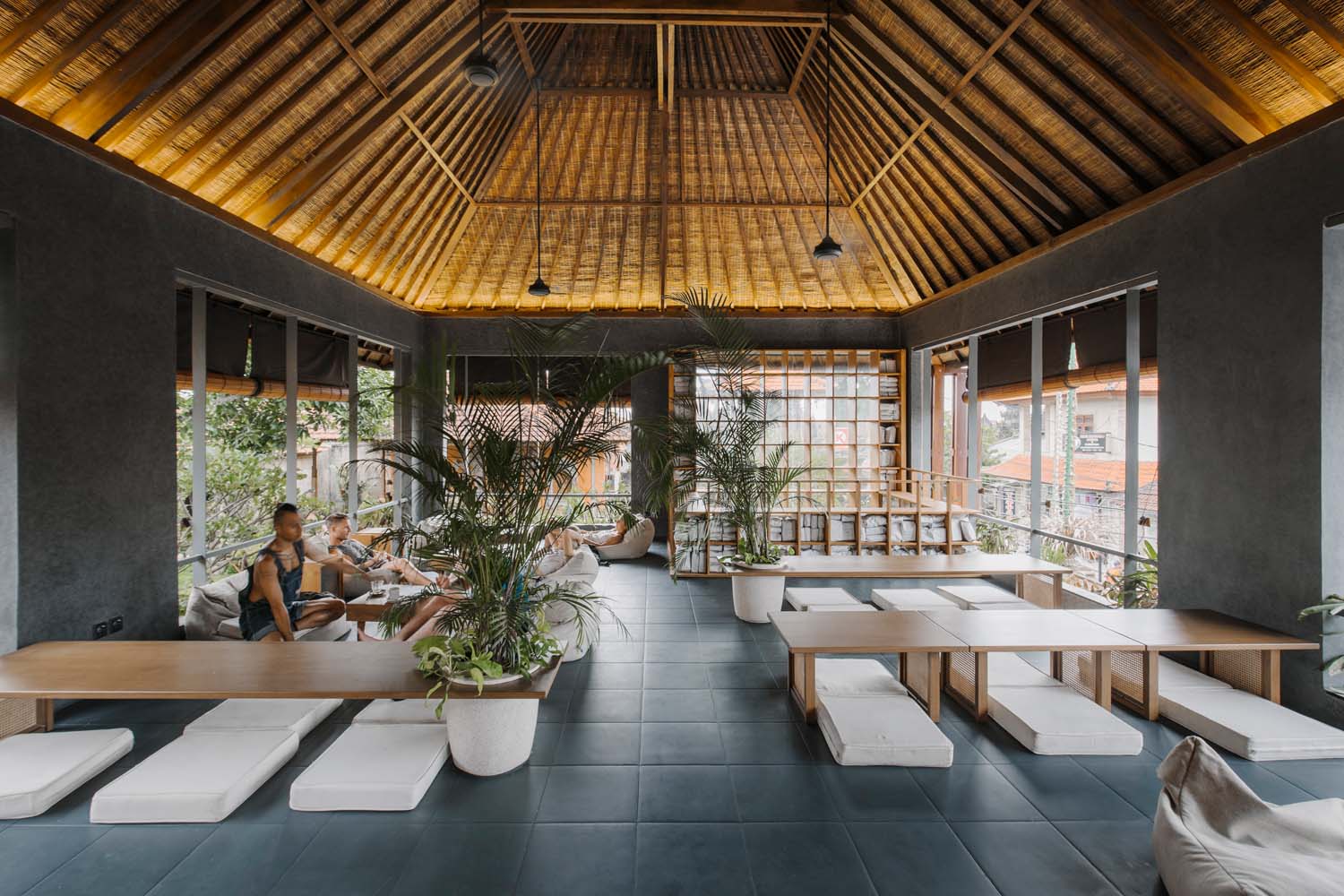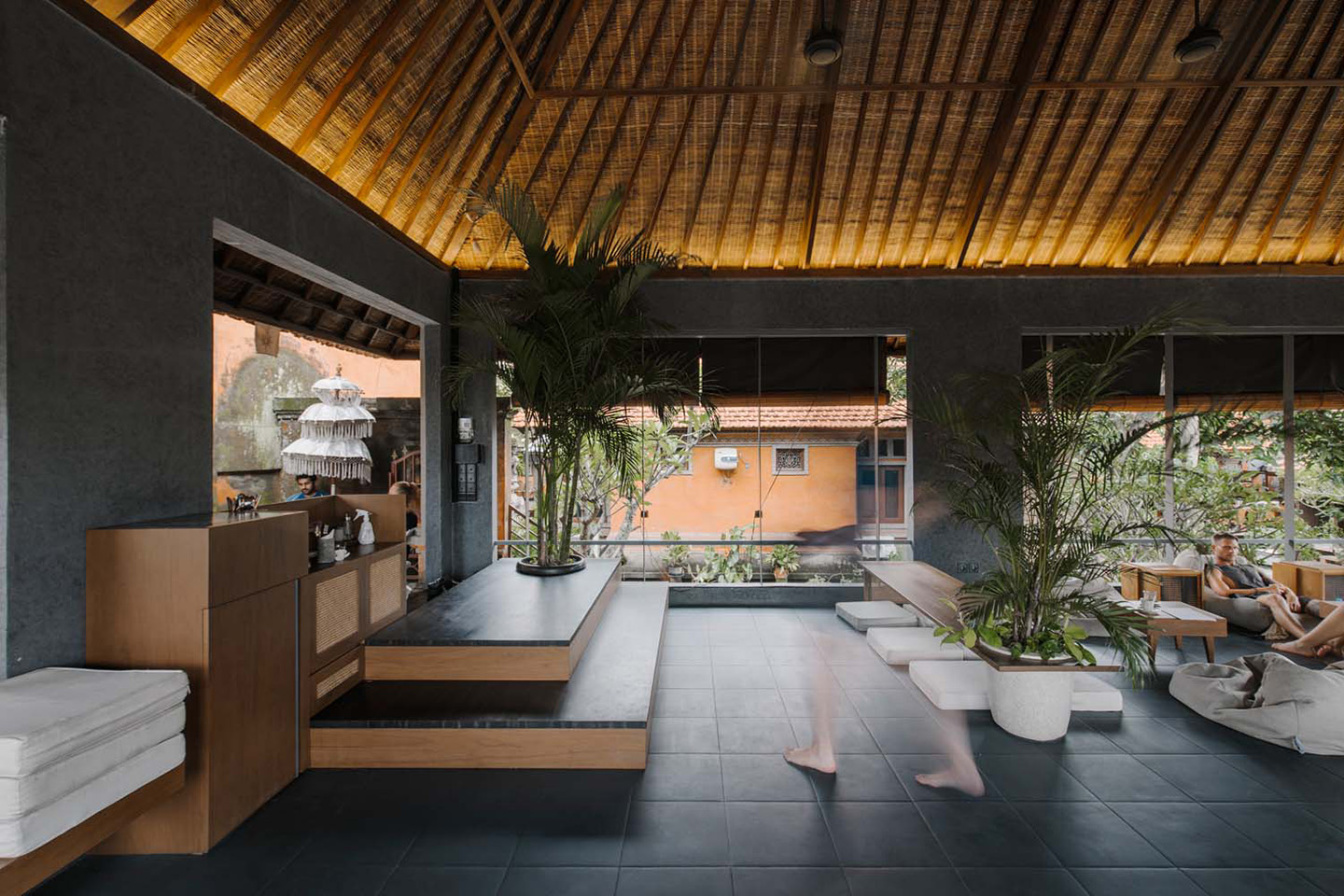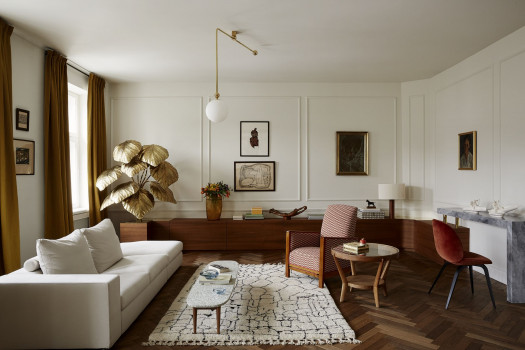Titik Temu Coffee in Ubud Blends Modernised Coffee Culture into a Local Setting



As one of the prominent brands of local coffee in Indonesia, Titik Temu has opened its most recent branch in Ubud. Being the second branch on the island, the shop is designed with a similar approach yet resulted in a distinctive character compared to the original branch in Seminyak.

©Platform Architects / Adi Widiantara
The new coffee shop is situated within a heritage living compound of the Ubud royal families, namely Puri Anyar Heritage. Utilising a former photo gallery building by the side of the road, this café enjoys both the accessibility from the main road as well as the proximity to the culturally rich surrounding. “Responding to the existing building, we simplify the renovation design by removing all the walls, doors, and windows—leaving only the main architectural features, including the roof, the columns, and the beams,” Hendra Irwanto of Platform Architects explains.

©Platform Architects / Adi Widiantara
The simplification turns to be liberating in many aspects. Not only that the renovated coffee shop helps to highlight the delicate details of the local architecture, the interior also advantages from a better immersive feel of its surrounding. To provide protection and comfort from either sunny or rainy days, lighter and more transparent choices of building envelopes are used. On the ground floor, the air-conditioned seating area is enclosed with glazed doors and windows. In contrast, the upper floor is left almost open-air with only roll-up bamboo blinds to maintain pleasant ambience for patrons who are enjoying their coffee.

©Platform Architects / Adi Widiantara

©Platform Architects / Adi Widiantara
Similar to the original Titik Temu Coffee in Seminyak, both upper floors are designed semi-outdoor with a distinctive spatial experience. While the Seminyak branch experiments with tiered seating area that offers a breezier atmosphere, the newer establishment is made to encourage the local way of dining and socialising—that is lesehan or simply sitting on the floor.

©Platform Architects / Adi Widiantara
The lesehan-style on the upper floor translates into arrangements of low tables, seat pads, and some bean bags for a more local and laidback way of having some cups of coffee. Without any false ceiling in this area, the extra vertical space provides overall cooler and more extensive space for the visitors. “We want to introduce lesehan-style seating as a culture that is dear to Indonesians,” Hendra says. “The low sitting position allows them to better enjoy and experience the room scale along with its traditional roof ceiling aesthetics.”




 Indonesia
Indonesia
 Australia
Australia
 Philippines
Philippines
 Hongkong
Hongkong
 Singapore
Singapore
 Malaysia
Malaysia








